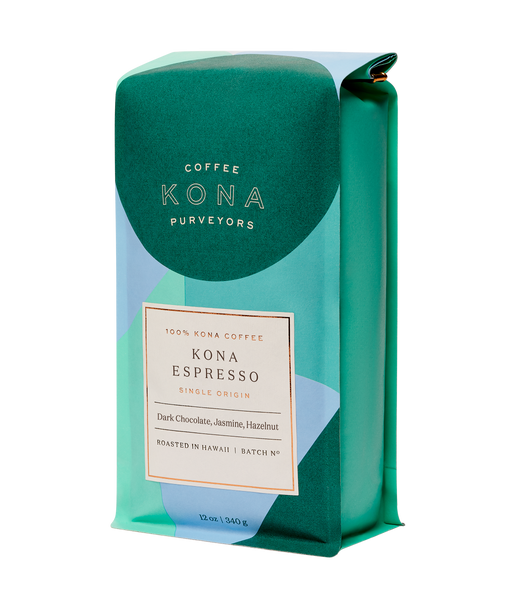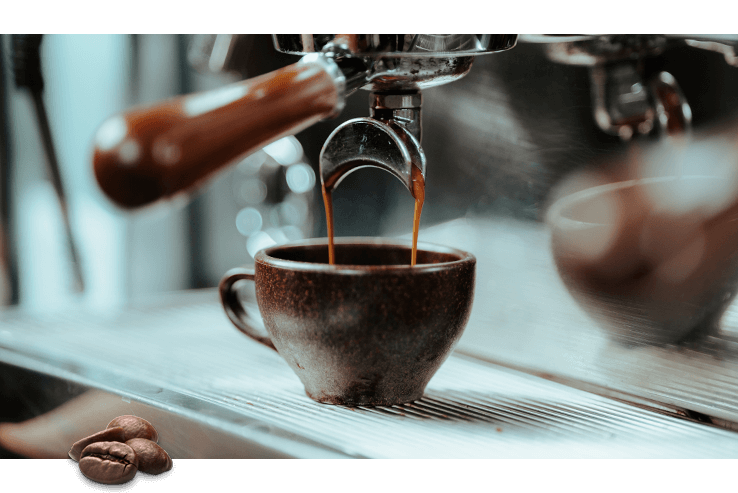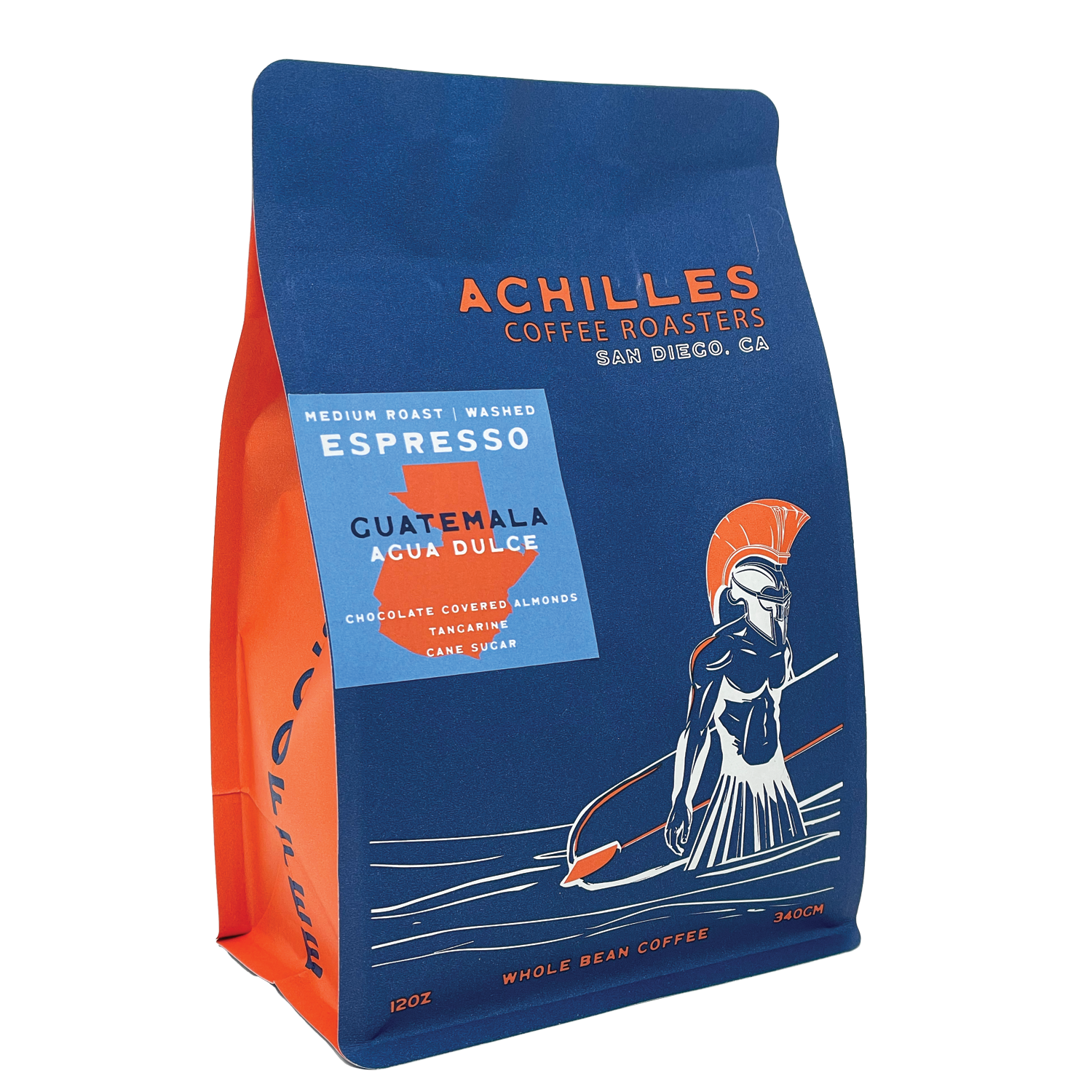The Coffee Lover’s Guide to SOE Single Origin Espresso Varieties
The Coffee Lover’s Guide to SOE Single Origin Espresso Varieties
Blog Article
Discovering the Rich Flavors of Coffee Beans: a Deep Dive Into Coffee and Blended Coffee Beans
When you check out the rich flavors of coffee beans, you reveal a complex globe where each variety brings its very own character to your cup. As you browse through the art of coffee and the creative thinking behind combined coffees, you'll begin to appreciate the nuances that make each sip one-of-a-kind.
The Beginnings of Coffee Beans: Exploring Terroir and Taste Profiles
When you take a sip of coffee, you're not just delighting in a beverage; you're experiencing a rich tapestry of flavors shaped by the beans' beginnings. Each area produces special taste profiles affected by soil, altitude, and climate. Beans from Ethiopia commonly rupture with intense, fruity notes, while those from Colombia have a tendency to use a well balanced, nutty sweetness.
As you discover different origins, you'll see how terroir-- the environmental variables affecting a plant-- plays an important role - Single Origin Espresso. The same coffee variety can taste dramatically different depending upon where it's expanded
When you think about these elements, you start to value the complexity behind your cup. Each sip tells a tale of the land and the farmers who supported the beans. So, next time you indulge, think of the journey your coffee took prior to it reached your hands, and relish those detailed flavors that show its origin.
Recognizing Espresso: The Art and Science Behind the Mixture
When you think concerning espresso, it's not almost the solid taste; it's additionally concerning the techniques that bring it to life. Comprehending exactly how different prep work approaches effect taste can change your brewing experience. Let's explore the intricacies of espresso prep work and reveal the special flavor profiles that make each mug special.
Coffee Prep Work Techniques
Espresso prep work is both an art and a science, incorporating exact strategies with a deep understanding of coffee. To begin, you'll wish to choose high-grade, freshly baked beans and grind them carefully for optimal removal (Single Origin Espresso). The grind size is important; also rugged, and your coffee will certainly be weak, too great, and it'll be bitter
Following, tamp the grounds equally in the portafilter to guarantee consistent extraction. When you lock it into the maker, aim for a developing temperature level between 190 ° F and 205 °
F.As you draw the shot, look for the best removal time-- around 25-30 seconds. The outcome should be a rich, creamy coffee with a gorgeous layer of crema on the top. With practice, you'll grasp these methods.
Flavor Profiles Clarified
The globe of coffee offers an abundant tapestry of flavor profiles that can elevate your coffee experience. Light roasts frequently showcase bright acidity and lively tastes, while dark roasts existing deeper, bolder tones.
A well-crafted blend may balance the brilliant notes of an Ethiopian bean with the abundant, chocolatey touches of a Brazilian bean. Accept the trip of discovering coffee's diverse tastes, and you'll change your coffee ritual into an amazing experience.
Processing Methods: Exactly How They Impact Flavor and Scent
While it could appear that the origin of coffee beans is the most significant consider establishing their taste and aroma, the handling methods made use of post-harvest play a just as necessary role. You'll locate that these techniques can drastically alter the final preference account of your cup.
For example, the washed procedure gets rid of the fruit from the beans prior to fermentation, frequently bring about a cleaner, brighter taste. The natural procedure leaves the fruit intact throughout drying, resulting in a sweeter, fruitier profile.
Other approaches, like honey handling, strike a balance, enabling some fruit mucilage to remain, supplying a distinct complexity.
Each handling method interacts with the beans' intrinsic features, boosting or muting details flavors and scents. When you sip that espresso or blended coffee, remember that the trip from cherry to mug is influenced not just by origin but also by how those beans were refined.
Toasting Strategies: Opening the Complete Possible of Coffee Beans
Roasting techniques are crucial for exposing the complete potential of coffee beans, as they change raw, environment-friendly beans into the aromatic, tasty coffee you delight in. The selection of toasting method-- light, medium, or dark-- dramatically affects you can try this out taste profiles. Light roasts preserve the beans' all-natural level of acidity and fruity notes, while medium roasts equilibrium sweet taste and splendor. Dark roasts, on the other hand, emphasize strong, great smoky tastes.
A slower roast at reduced temperature levels allows for intricate flavors to develop, while a quicker roast can intensify bitterness. By mastering these techniques, you'll reveal a world of taste, elevating your coffee experience to new elevations.
The Magic of Blended Coffee: Creating One-of-a-kind Taste Experiences
Producing an unique flavor experience with blended coffee can change your early morning ritual into an expedition of preference. By combining various beans from numerous regions, you can expose a harmony of flavors that raise your cup to brand-new elevations. Each mix deals a distinct profile, balancing acidity, body, and sweetness to produce something genuinely special.
When you pick a blend, you're not simply picking a coffee; you're selecting a trip across varied landscapes and societies. Trying out different combinations enables you to find your individual faves, whether you take pleasure in fruity notes or abundant, chocolatey touches.

Tasting Notes: Recognizing the Nuances in Your Mug
As you sip your coffee, you might see a range of tastes dancing on your taste buds, each exposing the details of the beans. You might taste the intense acidity reminiscent of citrus or the deep, rich notes similar to dark chocolate. The sweet taste can stimulate honey or sugar, balancing the overall profile beautifully.
Focus on the body of the coffee-- does it feel ventilated and light, or is it full and creamy? The coating, also, offers ideas; a lingering aftertaste might mean next nuttiness or flower touches.

Do not neglect to discover the one-of-a-kind attributes of various beginnings, as each area passes on distinctive tastes - Single Origin Espresso. Ethiopian coffees often existing fruity notes, while Colombian beans may showcase an extra rounded sweetness. By identifying these subtleties, you'll grow your recognition for each mug, boosting your coffee experience to brand-new heights

Brewing Approaches: Taking Full Advantage Of Taste Removal for Every Bean
When you explore the different developing approaches, you'll discover that each strategy can dramatically affect the flavor account of your coffee. From French press to pour-over, each method extracts various substances, boosting or muting specific notes. Making use of a French press permits oils to stay in the mixture, creating a richer preference, while pour-over highlights clearness and brightness.
Temperature level and grind size additionally play necessary roles. A coarser grind functions best for chilly mixtures, while a fine grind is perfect for coffee. Try out water temperature level-- in between 195 ° F and 205 ° F-- can reveal hidden flavors, also.
Don't ignore soaking time; a quick removal can bring about sour notes, while over-extraction may produce resentment. By adjusting these variables, you can optimize flavor removal and truly boost your coffee experience. Appreciate the trip of uncovering what approach ideal matches your palate!
Frequently Asked Inquiries
What Is the Suitable Water Temperature Level for Developing Coffee?
The suitable water temperature level for brewing coffee's have a peek at this site between 195 ° F and 205 ° F. If you use water that's also hot, you'll over-extract flavors; as well cold, and you will not draw out enough. Go for that sweet place for the very best brew!
Just How Does Work Dimension Affect Coffee Flavor?
Grind size substantially impacts coffee flavor. Finer grinds remove extra oils and tastes, resulting in a bolder taste, while coarser grinds yield a lighter taste. Readjusting grind size assists you attain your preferred coffee profile.
Exist Health Conveniences Linked With Alcohol Consumption Coffee?

What Is the Difference Between Arabica and Robusta Beans?
Arabica beans are smoother and sweeter, usually including fruity tastes, while robusta beans are more powerful with a bitter taste and greater caffeine web content. You'll see these distinctions in scent and brewing experience.
Exactly How Can I Shop Coffee Beans for Quality?
To keep coffee beans for quality, maintain them in a closed container, away from moisture, warm, and light. You'll preserve their taste much longer if you just grind what you need right prior to brewing.
Exploring the Abundant Flavors of Coffee Beans: a Deep Dive Into Coffee and Blended Coffee Beans.
When you check out the abundant flavors of coffee beans, you uncover a complex world where each range brings its own character to your cup.When you take a sip of coffee, you're not just taking pleasure in a beverage; you're experiencing an abundant tapestry of flavors formed by the beans' beginnings.Roasting strategies are necessary for revealing the full possibility of coffee beans, as they change raw, environment-friendly beans into the fragrant, tasty coffee you enjoy.As you sip your coffee, you may discover a range of tastes dancing on your taste buds, each exposing the details of the beans.
Report this page